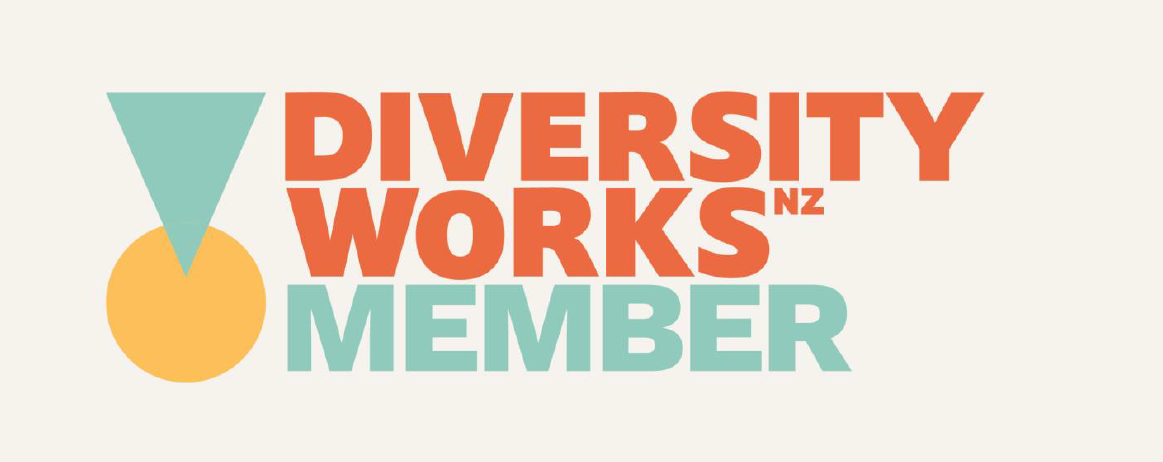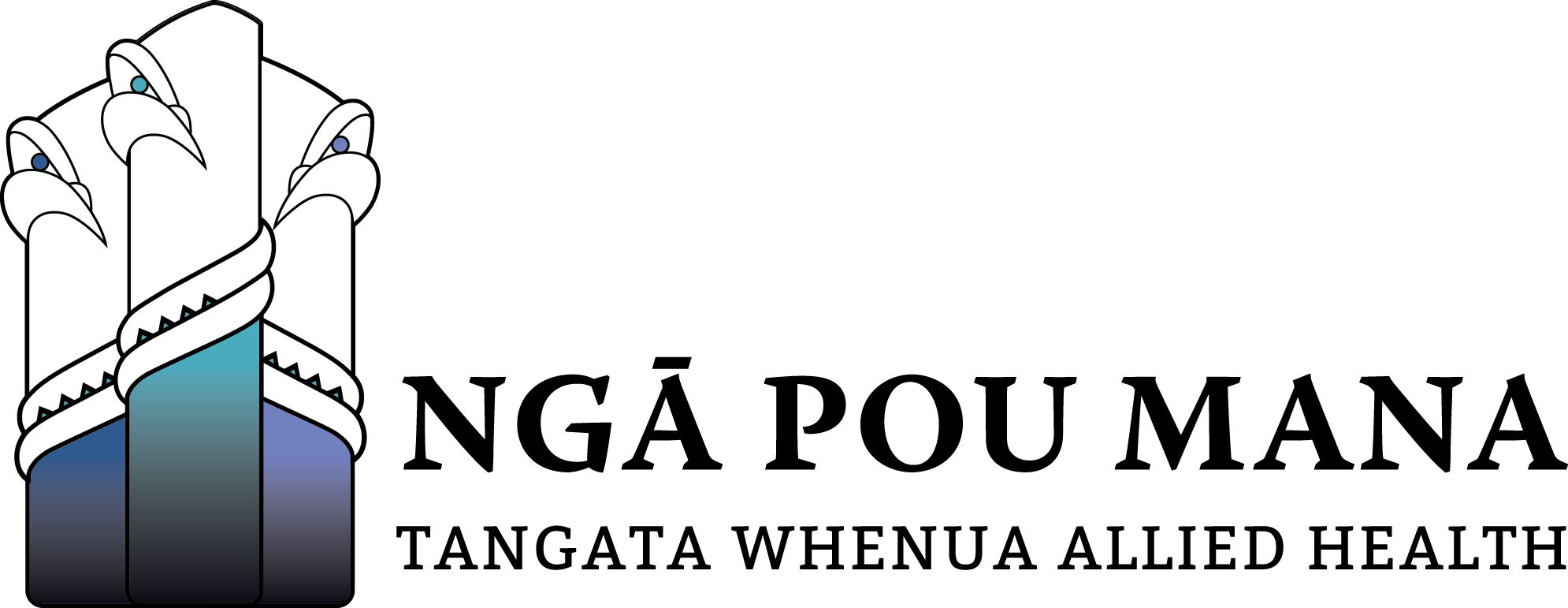How are they being treated?
The first step in restoring the normal balance of your body, is recognising that your symptoms may be due to a breathing pattern disorder. The next step is retraining how you breathe.
Retraining your breathing involves a lot of education.
Specifically, how the breathing/respiratory system works, what normal breathing looks like, and how abnormal breathing patterns can contribute to symptoms.
The next step involves creating an awareness of a person’s breathing pattern throughout the day, and throughout different activities - particularly noticing their breathing when they become symptomatic.
Once a person has this understanding and self-awareness, they can work to correct their breathing pattern.
The key aspects of retraining are teaching someone to breathe through their nose, breathe with their diaphragm, and to slow their rate of breathing – NOSE, LOW, and SLOW.



